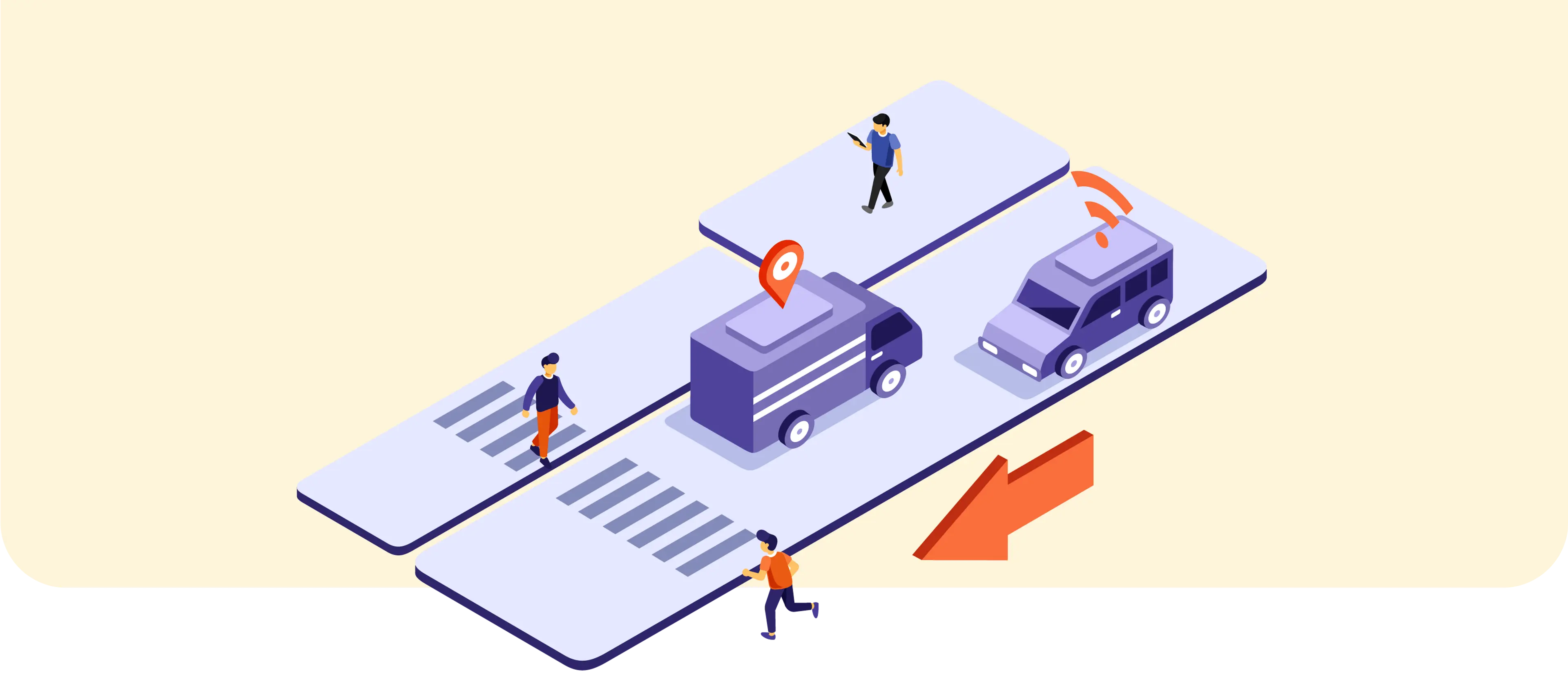3 Ways “Talking Cars” Are Changing Fleet Management Forever

In the past two years, there has been much ado about connected cars. Yet if you ask the average person the topic, you’ll likely get a blank stare. Connected to what? Maybe your phone? That’s changing as many OEMs pursue new revenue strategies beyond the car.
We live in a “subscription economy” and OEM’s naturally want a piece of that market. Bloomberg reports that OEMs will increasingly be turning to novel feature subscription models as vehicles continue to morph from bent metal to IP addresses with wheels.
From “climate-controlled cupholders and advanced analytics to log certain trips, say, for someone who travels for work and expenses her mileage,” the article suggests that it’s not a matter of if, but when we start seeing add-ons. Morgan Stanley suggests such subscriptions could translate to $9 billion a year for Ford alone.
The real value in connectivity may actually be for fleets. When a car (or hundreds of cars in a fleet) can “talk” to you and each other, your relationship changes. You move from “asking” a car questions, like: Is your tire pressure low? Is your brake light out? Do you need an oil change?” to being “told” by your fleet of cars exactly what they need fixed at each moment. Here are three ways connected cars will forever change fleet management.
Save Time “Walking the Lot”
Instead of walking the lot to inspect every tire, your fleet dashboard tells you exactly which tire on which car needs air. Your fleet technicians no longer need to walk from car to car, counting issues by hand. Technicians can spend less time looking for problems, and more time fixing them. The results? More uptime for the fleet, reduced overall costs, and better service. A fleet of 1,000 cars means 4,000 tires that no longer need to be checked by hand. Alternatively, micro fleets of 15, 30, or 50 can spread their technician further once they automate routine maintenance. That technician can spend more time on safe vehicle transport and more challenging repairs when we remove the busywork of hand-checking the basics.
Know Your Drivers Are Safe. Seeing is Believing.
The same is true for safety. Well-maintained vehicles are only part of the equation – how they are driven is just as important. Connected fleets can track and “tell” you about driver behavior, ranging from speeding and acceleration, to hard braking and more. This data is tracked by VIN/driver and can be reported in the aggregate, giving fleet managers important data for reporting. With lower accident rates, could you make a data-driven case for lower insurance rates based on good driving? With better, safer driving report cards, will your cars endure less wear and tear, reducing time and cost spent on preventable maintenance?
And, what about the lifted pressure of monitoring safety for massive fleets deployed on hundreds of routes? The information for thousands of vehicles is updated in real-time, across many makes and models, and the data points you need to urgently review are placed directly in front of you and highlighted with a clear path of action. Accurate, simple safety data means one less add-on for management.
Every Vehicle (and its Fuel) is Accounted For
With a connected fleet, you’ll never have to wonder where any particular vehicle is located. Each vehicle in the fleet “tells” you where it is (as well as where it’s been). This is vital for monitoring unauthorized use of vehicles or repossession in the case of theft. You’ll also get accurate fuel use and fuel card data, enabling you to reduce fraudulent or inaccurate allocation.
In addition, tracking and reporting are subject to compliance with guidelines regarding privacy. For fleets, this means you need an intermediary that not only ingests, normalizes and analyzes the data, but also offers end-to-end consent management. The data is all there. But it hasn’t been accessible, legally protected, readable – until now.
Proactive fleet intelligence can be mind-bending at first, but our experience with fleet managers shows us that the shift takes place fast. And the more data they access and utilize, the quicker they see results. This creates a snowball effect that leads to more sophisticated data analysis, and, in turn, more improvements.
When, and How Does the Transition to Modern Data Happen?
Vehicle tracking, maintenance, and safety are just a few of the many ways that connected vehicles will change the fleet manager experience. But, like any technology change, you may need to phase in a connected approach or test it on certain segments of your fleet first to get the most benefit from your subscription plan. A pilot is a great way to approach this so you can apply learnings to your broader fleet. to learn more.
Or, about accessing the data in your vehicles.